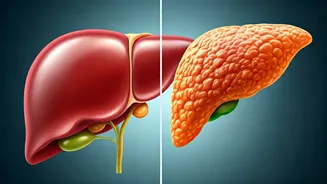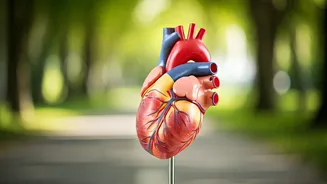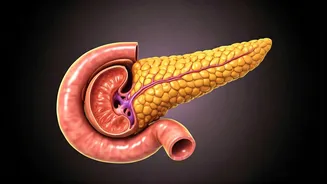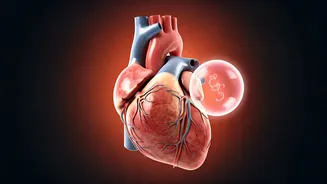What is It?
Fatty liver disease, as the name suggests, involves the buildup of fat in the liver. This accumulation can stem from various sources and, if left unchecked,
can lead to serious liver damage. There are two main types: non-alcoholic fatty liver disease (NAFLD) and alcoholic fatty liver disease (AFLD). NAFLD is more prevalent, often linked to factors like obesity, diabetes, and high cholesterol. AFLD, on the other hand, is caused by excessive alcohol consumption. Both types share similar potential outcomes, including inflammation, scarring (cirrhosis), and even liver failure. Recognizing the differences and understanding the origins of each form can aid in tailored treatment and prevention strategies.
Causes and Risks
Several factors contribute to the development of fatty liver disease. In the case of NAFLD, lifestyle and metabolic issues are major culprits. These include being overweight or obese, having type 2 diabetes, high cholesterol, and high triglycerides. Genetics also play a role, with some individuals being more predisposed to the condition. Poor dietary habits, such as a diet high in processed foods, sugar, and saturated fats, can also increase the risk. For AFLD, the primary cause is excessive alcohol intake, with the amount and duration of alcohol consumption being key determinants. Other factors that can worsen the condition involve certain medications and underlying health issues, making it important to assess all relevant factors to ensure accurate assessment and intervention.
Spotting the Signs
Fatty liver disease often presents with subtle or no symptoms in its early stages, making it a challenge to detect. When symptoms do appear, they can be vague, leading to delayed diagnosis. Some common signs include fatigue, a general feeling of discomfort, and pain in the upper right abdomen, where the liver is located. As the disease progresses, more severe symptoms may emerge, such as jaundice (yellowing of the skin and eyes), swelling in the legs and abdomen, and confusion. Because the symptoms can be subtle or resemble other conditions, regular medical check-ups and liver function tests are vital for early detection. Prompt identification and intervention are essential to prevent more severe complications such as cirrhosis.
Diagnosing the Issue
If you suspect you have fatty liver disease, a healthcare professional will conduct a thorough examination to arrive at a diagnosis. This typically involves a review of your medical history, physical examination, and various tests. Liver function tests (LFTs) are standard, measuring the levels of specific liver enzymes in your blood; elevated levels can suggest liver damage. Imaging tests like ultrasound, CT scans, or MRI are used to visualize the liver and assess fat accumulation and any signs of damage. A liver biopsy, though more invasive, can provide a definitive diagnosis, evaluating the extent of liver inflammation and scarring. The choice of diagnostic tools depends on the individual's symptoms, risk factors, and the doctor's assessment.
Managing the Condition
Managing fatty liver disease typically involves lifestyle changes and, in some cases, medical interventions. For NAFLD, weight loss through a balanced diet and regular exercise is often the primary recommendation. A diet rich in fruits, vegetables, whole grains, and lean protein, while limiting processed foods, sugar, and saturated fats, is crucial. Controlling blood sugar levels, cholesterol, and triglycerides is also important, often requiring medication. For AFLD, the cornerstone of treatment is abstinence from alcohol. In both types, medications may be prescribed to manage specific symptoms or complications. Regular monitoring by a healthcare provider, including periodic blood tests and imaging, is necessary to track the progression and effectiveness of the treatment plan.
Preventative Measures
Preventing fatty liver disease largely centers on adopting a healthy lifestyle. Maintaining a healthy weight is vital. Regular physical activity is equally crucial; aim for at least 150 minutes of moderate-intensity exercise per week. Following a balanced diet, as previously described, is also key. Limit alcohol consumption or abstain altogether to prevent alcoholic fatty liver disease. If you drink, do so in moderation: up to one drink per day for women and up to two drinks per day for men. Get regular medical check-ups and discuss any concerns or risk factors with your doctor. Early detection and intervention are crucial for the best outcomes, making preventative efforts an essential part of protecting your liver health.









